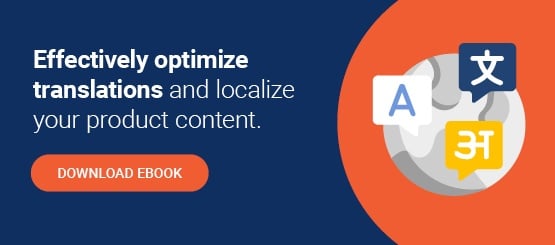From routine checkups to medical emergencies, patients count on hospitals to provide excellent treatment. In order to ensure the best quality care, medical professionals must be able to communicate with their patients with the utmost efficiency and accuracy. Healthcare often requires more nuanced conversations that cross cultural boundaries in addition to linguistic ones. As a result, interpreters are sometimes tasked with conveying the spirit of a medical professional’s verbal instructions rather than literal translation.
There are a few common medical translation mistakes healthcare organizations are likely to make if they do not enlist the right experts for the job. Here, we’ll discuss those most frequent pitfalls so you can take the steps to overcome them as an organization and improve patient satisfaction ratings, boost HCAHPS scores, and drive down hospital readmission rates.
1. Relying on Translation by Medical Professionals
Healthcare organizations that are pressed for qualified translators and interpreters may turn to medical professionals for assistance. Although multilingual nurses and physicians are an invaluable asset to the team, organizations should be aware of several concerns when relying on medical professionals for medical translation.
For one, healthcare professionals lack the proper translation and interpreting credentials in the form of certification. Doctors and nurses may feel comfortable engaging in casual conversation with a patient, but there must be a clear line between informal and professional translation solutions in a medical setting. After all, misinterpretations can cause serious medical errors.
Another pitfall occurs when physicians spend significant amounts of their time translating, which takes away from their ability to meet, diagnose, and treat new patients. This inefficiency in healthcare workflow jeopardizes the quality of patients' overall medical care. The misappropriation of translation services can have long-term effects on a hospital’s ability to provide the best care, which can actually lower Hospital Consumer Assessment of Healthcare Providers and Systems (HCAHPS) scores in the long run.
2. Using Outdated Medical Translation
Language is fluid, and so is the type of terminology used in the medical field. Specialists are always searching for the most precise language to describe diagnosis and medical conditions, given new discoveries and research in healthcare. Interpreters in the medical field must stay up to date on these regular developments so they provide the most accurate, relevant, and recent interpretations available.
There’s often a concern that staff will use obsolete or near-obsolete terms to describe a patient’s condition, which could lead to confusion. At the same time, interpreters must be cognizant of neologisms, or new terms, that they know well, but which a patient may not yet be familiar with. The fallout from misspelling or misrepresenting diseases and medical conditions can be devastating to a patient and to their providers.
Patients with limited English proficiency (LEP) who do not receive accurate translations of a physical diagnosis or even their personal medical history will not receive the same benefits of top-quality care. This can be costly, inefficient, and in worst-case scenarios, deadly. Inaccurate translations can lead to higher readmission rates, which in turn typically lead to poor patient outcomes.
3. Opting for Free, Incomplete Shortcuts
If they aren’t relying on medical staff to perform medical translations, healthcare organizations all too often rely on cheaper automated translation services as a band-aid solution. Unfortunately, digital platforms such as Google Translate do not provide adequate translation services in the medical field, especially when patient scenarios call for more complete and nuanced interpretation solutions. The primary concern is that piecemeal responses result in efficiencies that ultimately require redundant quality assurance.
In nearly all healthcare settings, human translators who can refer to subject matter experts (SMEs) for industry knowledge are the preferred candidates. Tone, dialect, idioms, and cultural norms are much easier to convey in human-to-human interaction, without a language AI standing in between.
How to Prevent Medical Translation Mistakes
Finding the right language translation solution for your healthcare organization doesn’t have to be timely or taxing. In fact, there are a variety of resources dedicated to helping patients of all linguistic backgrounds receive the care and communication they’re entitled to.
United Language Group offers real-time medical translation by experts who are dedicated to positive patient health outcomes. With more than 35 years of experience, ULG’s expert interpreters are internally certified and comply with state and federal regulations, including HIPAA laws. Choose from translation for every point of contact in a healthcare setting, including:
ULG offers translation in more than 200 languages and boasts a network of more than 10,000 professional linguist. Find out more about the translation, interpretation, and localization services ULG offers.
Discover how you can improve your healthcare translations regardless of industry with ULG’s e-book, Optimize Translations.



